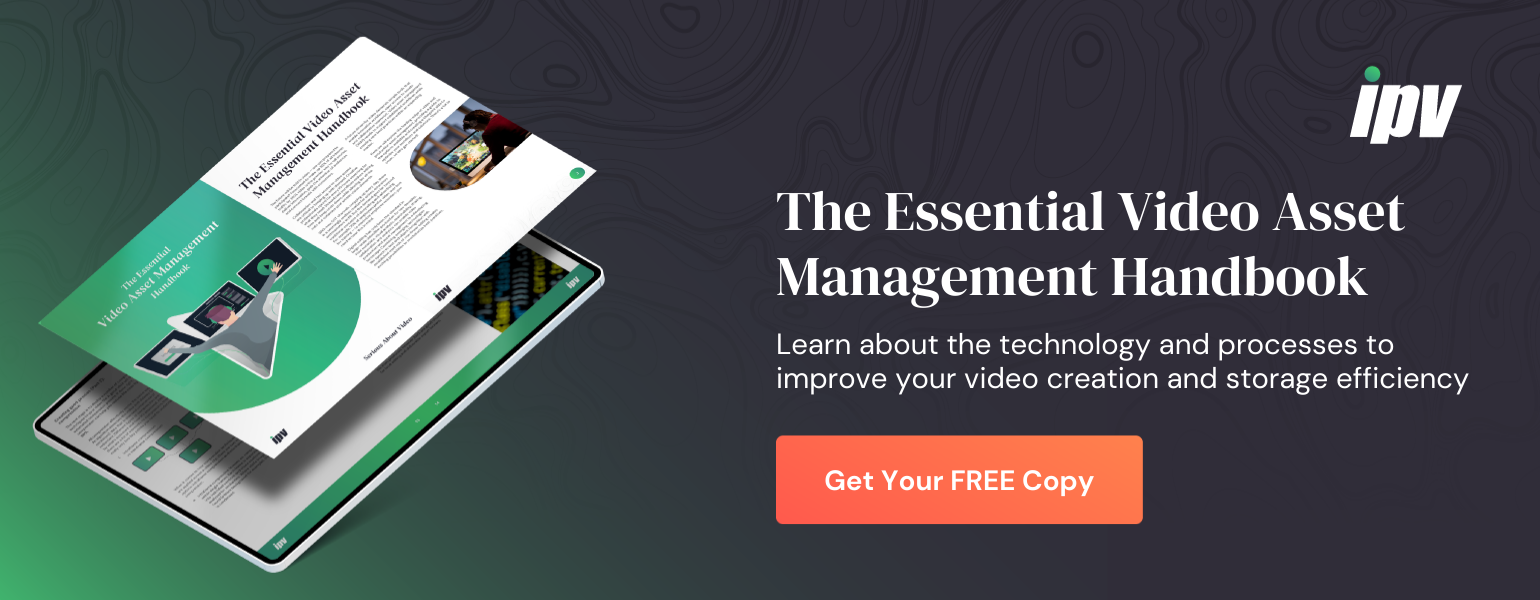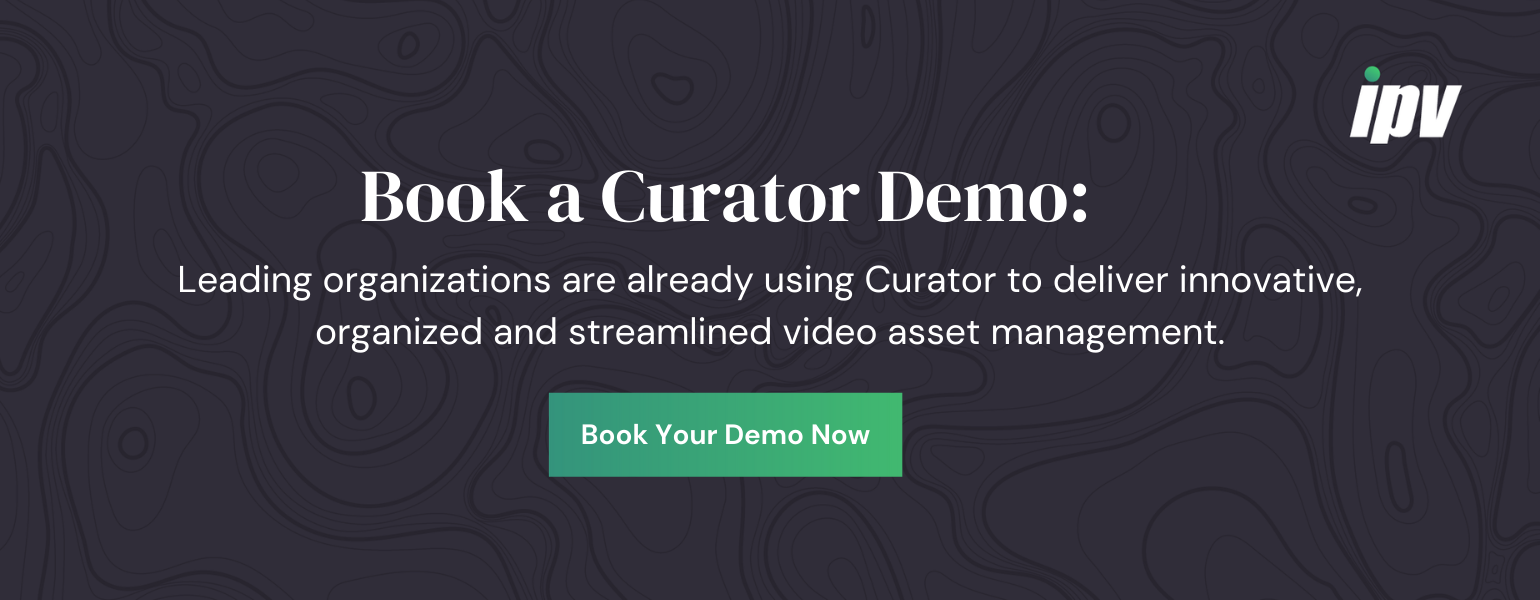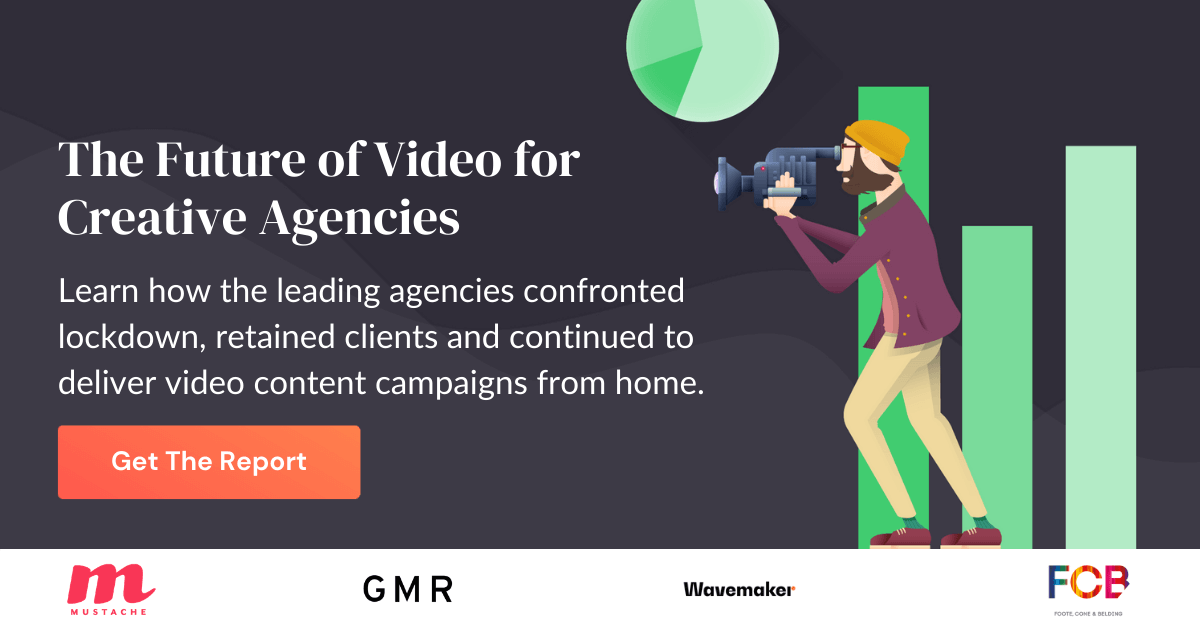.jpg)
Modern business is driven by content, content that is increasingly sophisticated — including design work, video production and complex coordination between multiple departments. 1 in 10 hours a creative spends at work is wasted trawling through their archives for the assets they need. If you want to keep up with rising demand for content creation, getting creative with how you manage and maintain your assets is critical.
Here we are going to give you five creative tips that will help you improve efficiency and have more time to get creative with the content you create.
1. Go beyond creative asset management (software)
Coming to this blog, you may or may not know that Creative Asset Management (CAM) is actually a class of software that helps creative teams to keep track of files and assets during early stages of development. Unlike tools that aid in archive management or OTT upload and distribution, CAM focuses on creative and design workflows. This kind of very specific software might also get called Production Asset Management (PAM) or perhaps referred to simply as Digital Asset Management (DAM).
Increasingly, however, the distinctions in software ‘types’ have eroded — delivering single products able to provide archive, production and distribution capabilities. This is our first tip for creatively engaging in creative asset management. Whether you were here to read about “creative asset management” or “creative tips for asset management”, our advice is the same — invest in tools that can do it all!
Combining both archive and production tools brings a more dynamic and streamlined interface to asset management. It becomes far simpler to repurpose old assets for new projects, and removes steps in archiving material. In turn, this reduces storage requirements while making it simpler to review the backlog material you already have. However, to make the most out of these systems, you need to be serious about metadata — which brings us to...
2. Upgrade your metadata with object recognition and voice detection
As the demand for content increases, production houses find themselves with increasingly voluminous archives. These archives often contain assets that lend themselves extremely well to re-use. Unfortunately, however, the way in which they are stored can make it difficult and time-consuming to find the assets you need.
A lack of metadata (or inconsistently defined metadata) can impair the usability of perfectly good assets. But there is a better way. Imagine knowing that metadata will never be a problem for you, because it’s woven into the fabric of your assets as part of the ingestion process. Imagine being able to search for specific objects, words, phrases or even faces as easily as pressing “CTRL+F” on a Google document.
That’s not the stuff of science fiction. It’s a feature of Video Asset Management (VAM) that’s readily available to creative teams when they invest in the right software. And these objects needn’t always be visual, either. Creatives can also search by written or spoken word.
This lends itself not only to better archive transparency but greater potential for monetization. The better access production teams have to their assets, the better able they are to convert their archives into a library of usable stock assets which can be sold to other creatives.
Object recognition also allows creatives to identify sponsor names and logos to ensure with absolute certainty that sponsors are getting the air time that they pay for.
Object recognition software is still in its infancy relative infancy, but with many large businesses including the likes of Google and Amazon investing heavily in its advancement, we can only expect it to be more sophisticated, reliable and accurate in the future. Currently, accuracy for object recognition software ranges from 65%- 80%, with an average use case of around 70%. However, it’s only a matter of time until that figure consistently gets into the 90s.
3. Get prepared for video!
If you aren’t already using video, there’s no better time to hitch your wagon to video content. In an age where most of us consume online content on the go in short bursts through a mobile device, video content is inherently suited to consumption trends.
Video is an efficient way to tell and consume stories, convey complex data and engage audiences who have more demand on their time and attention than ever. Is it any wonder that video content is projected to account for 82% of all online traffic by 2021?
This means that, even if you aren’t creating video content right now, it’s likely in your best interests to invest in asset management tools built for video.
By virtue of its more unwieldy file sizes and more complex metadata, video creates a unique set of challenges for creatives, especially in an era where HD is the default format and more and more users are using 4K ready devices.
The great news for creatives is that the current crop of Video Asset Management tools is designed to make working with video easier. Metadata, for example, is created automatically ensuring that it is both comprehensive and consistent (essential qualities for harnessing archive transparency). They integrate seamlessly with video editing platforms, compression technology minimizes storage needs, and can even upload directly to OTT platforms, too.
VAM platforms can also circumvent the problems traditionally associated with working collaboratively on video which brings us to...
4. Use the cloud to change workflows
VAM platforms have the potential to completely transform workflows and vault over historic barriers to productivity and collaboration.
How? By using proxies!
Proxies are faithful but lower resolution versions of your high-quality master files which can be edited remotely because they are as little as 2% the size of the original master files. When changes are made, they can be converted back into higher-resolution formats through the process of conforming. With the right VAM, both proxy creation and conforming are completely automated, ensuring total frame accuracy with zero effort.
Proxies open up a wealth of opportunities for bringing in freelancers. Freelancers give teams access to top creative talent at a fraction of the cost of recruiting, hiring and onboarding a new team member. And because access is completely centralized within a system protected by encryption, watermarks and permission setting — there is no need to worry about security. Cloud technology also allows for greater remote access for your team, meaning that production houses can save on overhead costs.
Perhaps most importantly (and excitingly) this kind of remote access allows for real-time collaboration on live video files even if teams are on opposite sides of the planet. Because proxy assets are stored in the cloud, the possibilities for true remote collaboration, rather than a to-ing and fro-ing of digital assets, are endless.
5. Make time for creativity
Automation only works if it supplements human resources rather than supplanting them.
The true beauty of the current crop of Creative Asset Management platforms is their ability to use automation to ease the administrative burden on creatives. Thus, they are free to spend more time doing what they do best… creating!
When they’re not struggling against inefficient processes to keep up with the demand for quantity, creatives are free to give more care and attention to quality. And that quality is what will add value in the eyes of clients and see them come back time after time. In an increasingly competitive digital media landscape, this can mean the difference between surviving and thriving.



Speak Your Mind